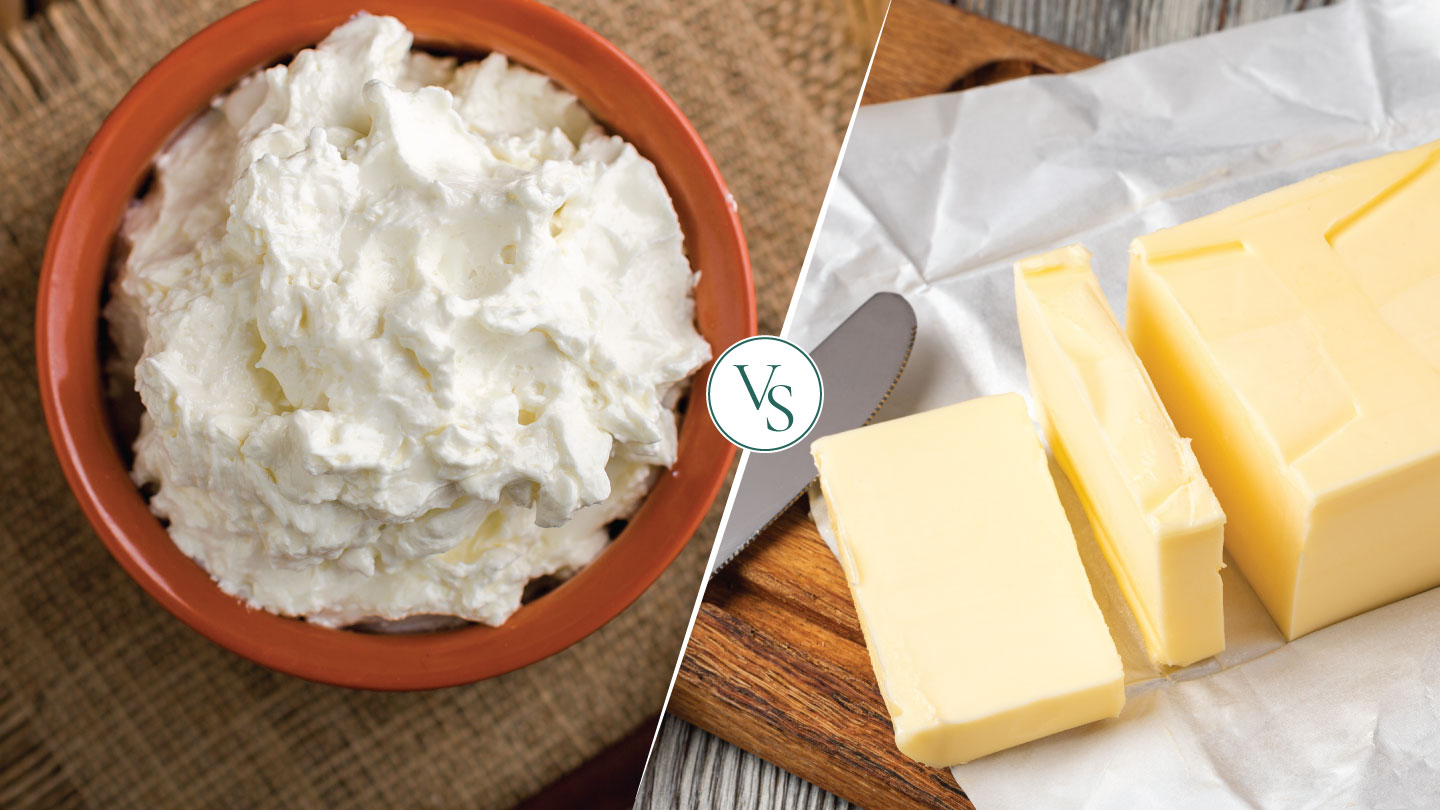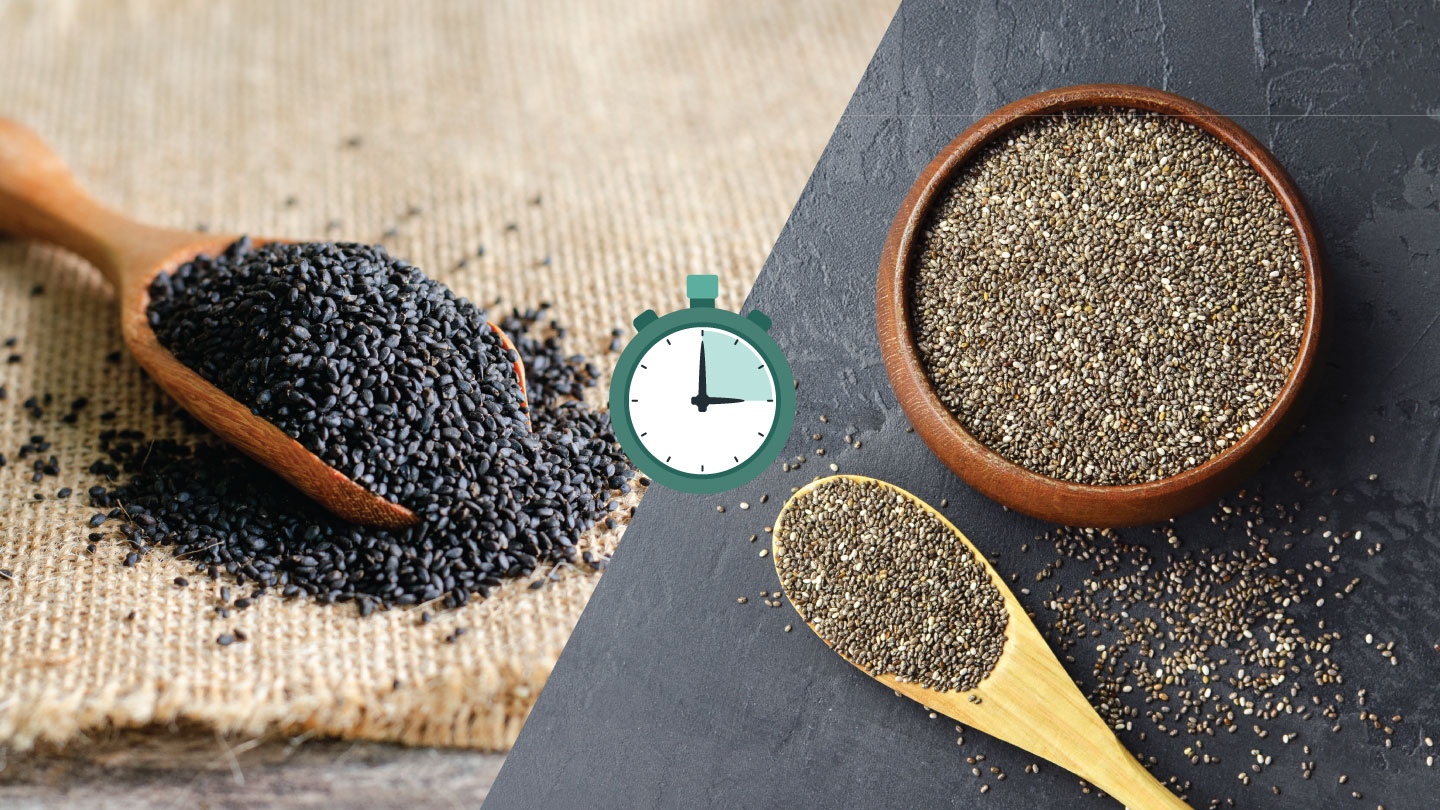Nutrition
White Butter vs Yellow Butter: Which One Should You Spread?
Two seemingly similar butters, two very different stories. Here’s how to pick wisely for your health and kitchen.

1. White butter — what is it?
Often made at home (especially in Indian kitchens as “makhan”), from fresh cream/malai. Lower processing, fewer additives, milder colour and flavour.
2. Yellow butter — what is it?
Commercially processed, often from cows grazing on rich pastures (or milk adjusted), with higher fat content, sometimes added salt or processing to improve shelf life and colour.
3. What’s the core difference?
Yellow butter gets its golden hue from milk fat rich in β-carotene, typically from grass-fed cows. White butter comes from milk with lower β-carotene (often from grain-fed cows), so the butter is paler.
4. Calories & fat
1 tablespoon of white butter has around 70 kcal, while yellow butter has about 102 kcal.
5. Health Aspects: What to Watch
Yellow butter may have added salt and slightly more saturated fat in some processed versions, whereas white butter is typically simpler. But both are high-fat foods — moderation is key.
6. When to use white butter?
Use white butter when you want a milder flavour (so it doesn’t dominate your dish), or when you prefer simpler ingredients and less processing. Great in baking where you don’t want strong colour or flavour changes.
7. When to use yellow butter?
When you want a richer taste, buttery colour, and more flavour punch — ideal on toast, or in dishes where colour/appearance matters. Just check the salt & additives first.
8. Colour = quality?
Not always. The yellow colour often comes from a grass-fed cow diet (a good thing), but colour alone doesn’t guarantee quality. If looking to gain healthy fats, nut butters are great alternatives.
9. Cooking & baking implications
Because of differences in processing and composition, white butter (milder flavour/colour) gives more consistent results in baking where colour matters. Yellow butter adds richness but may affect flavour and salt balance.
10. Quick decision guide
Want neutral colour/flavour for sensitive dishes → White butter
Want rich buttery colour & flavour for spreads, finishing dishes → Yellow butter
Whichever you choose, check ingredients, salt content, and enjoy in moderation.
Troubled by too many fat choices, feed vs pasture talk, colour confusion, or health trade-offs?
Our nutrition experts can help you with a personalised diet plan to help you choose the right fats (and butters) for your goals. Book your session today and make butter work smart, not just taste good.
EXPLORE MORE
As temperatures drop, your body craves warmth, comfort, and nourishment, and ghee delivers all three.
Warm, spicy, and rich in antioxidants, this homemade Amla Prash is your golden ticket to a stronger immune system this winter.
A colourful, diverse diet, especially one that includes local and seasonal foods, helps your gut microbes stay balanced, resilient, and ready to protect your health.
Tiny seeds, big benefits: One’s for quick cooling and the other for sustained fuel. Read on to figure out which seed to reach out for!









.jpg)
.jpg)

